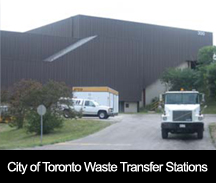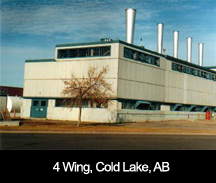Energy Efficiency
Reducing energy consumption continues to grow as a priority for all levels of governments as well as public institutions and private companies. For governments, this priority forms an essential component of their plans to achieve environmental savings, primarily in terms of reducing greenhouse gas (“GHG”) emissions. This is because over 80% of the man-made GHG emissions in Canada come from the production and use of energy. For provincial governments (responsible for electricity systems), energy conservation/efficiency is also embraced because it reduces the need for expensive additions of electricity generation, transmission and distribution assets.
For energy end users, reduced energy use is a growing priority because it represents a way for these organizations to control their energy costs. An important but often unrecognized benefit of investment in energy efficiency is that such investments are relatively labour intensive with most of the labour supplied by companies in the immediate vicinity of the project.
The potential for energy savings and GHG emission reductions in the commercial/ institutional sector is very large. This is because this sector is responsible for 14% of all secondary energy consumed in Canada and 9% of Canada’s man-made GHG emissions in 2006. Within this sector, office buildings (including public administration), health care/social assistance and education represent over 50% of this demand. In the City of Toronto, emissions from this sector account for 1/3 of man-made GHGs. It is estimated that commercial/institutional buildings can typically achieve savings of 15-35%. These potential annual savings are critical in meeting energy conservation and GHG emission reduction targets.






























